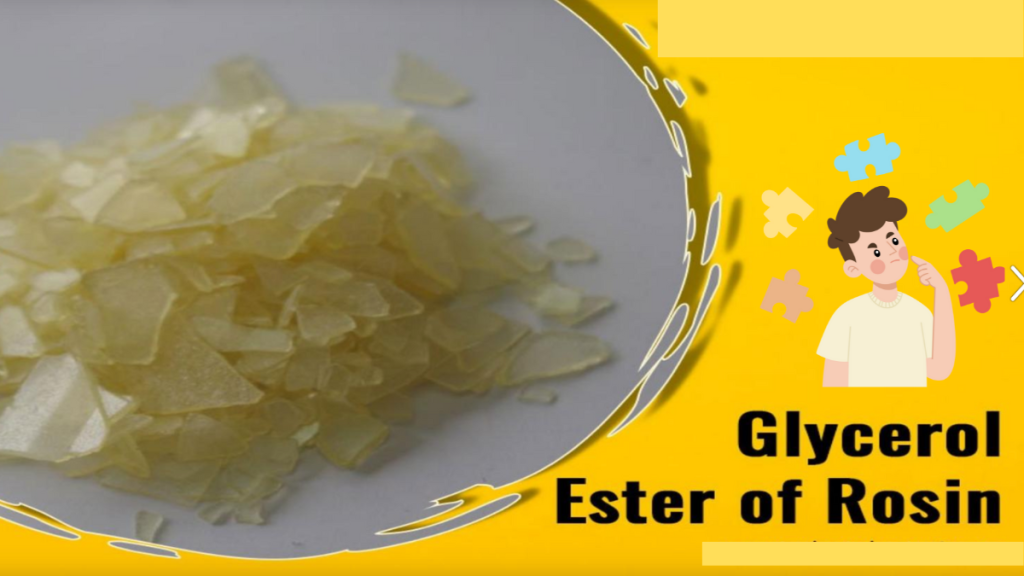In the world of food and beverages, you may encounter a peculiar-sounding ingredient called “Glycerol Ester of Rosin” on labels. It sounds complex, but it’s a naturally occurring substance with fascinating uses. In this article, we’ll explore the world of Glycerol Ester of Rosin, demystify what it is, where it comes from, and how it’s used in the products we consume every day.
The Basics: What is Glycerol Ester of Rosin?
Glycerol Ester of Rosin, often abbreviated as GER, is a food additive and stabilizer that plays a crucial role in maintaining the texture and quality of various food and beverage products. It is derived from rosin, a natural resin obtained from pine trees.
The Source: Rosin
Before we dive into Glycerol Ester of Rosin, let’s get acquainted with rosin itself. Rosin is a natural resin that is primarily harvested from pine trees. It’s formed when pine trees secrete resin to protect against injury or disease. This resin, when collected, undergoes a series of processing steps to yield various valuable substances, one of which is the Glycerol Ester of Rosin.
Production of Glycerol Ester of Rosin
Glycerol Ester of Rosin is synthesized by combining rosin with glycerol, a simple sugar alcohol. This process results in a sticky, viscous liquid that has numerous applications, especially in the food and beverage industry.
Applications in Food and Beverages
Glycerol Ester of Rosin has a unique set of properties that make it an invaluable ingredient in many food and beverage products:
1. Emulsification:
One of its primary uses is as an emulsifier, which means it helps mix substances that typically don’t combine easily, like oil and water. This is crucial in the creation of consistent textures in various food products, such as soft drinks, candies, and even certain types of baked goods.
2. Stabilization:
In carbonated beverages, Glycerol Ester of Rosin helps keep the oils and flavors evenly distributed, preventing separation. This ensures that your favorite soda has a consistent taste from the first sip to the last.
3. Texture Improvement:
It’s commonly found in chewing gum, where it serves to enhance the texture and flexibility of the gum base, making for a more enjoyable chewing experience.
4. Clarifying Agent:
In beverages like fruit juices and flavored waters, GER can help reduce cloudiness, leaving the liquid clear and visually appealing.
5. Low-Calorie Sweeteners:
In some low-calorie and sugar-free products, GER can help improve the mouthfeel and taste.
Is Glycerol Ester of Rosin Safe?
The safety of Glycerol Ester of Rosin has been evaluated by food safety authorities like the U.S. Food and Drug Administration (FDA) and the European Food Safety Authority (EFSA). It’s generally recognized as safe (GRAS) when used within specified limits. Like most food additives, the key is moderation and adherence to usage guidelines.
Conclusion
Glycerol Ester of Rosin, a naturally derived substance from pine resin, plays an unsung yet pivotal role in the food and beverage industry. It acts as an emulsifier, stabilizer, and texture enhancer, ensuring the quality and consistency of numerous products that we enjoy daily.
With proper regulation and adherence to safety guidelines, this natural ingredient is yet another example of how science and nature collaborate to make our food experiences more enjoyable. So, the next time you sip a clear soda or chew on your favorite gum, you can appreciate the unassuming, natural secret ingredient – Glycerol Ester of Rosin – that keeps it all together.

